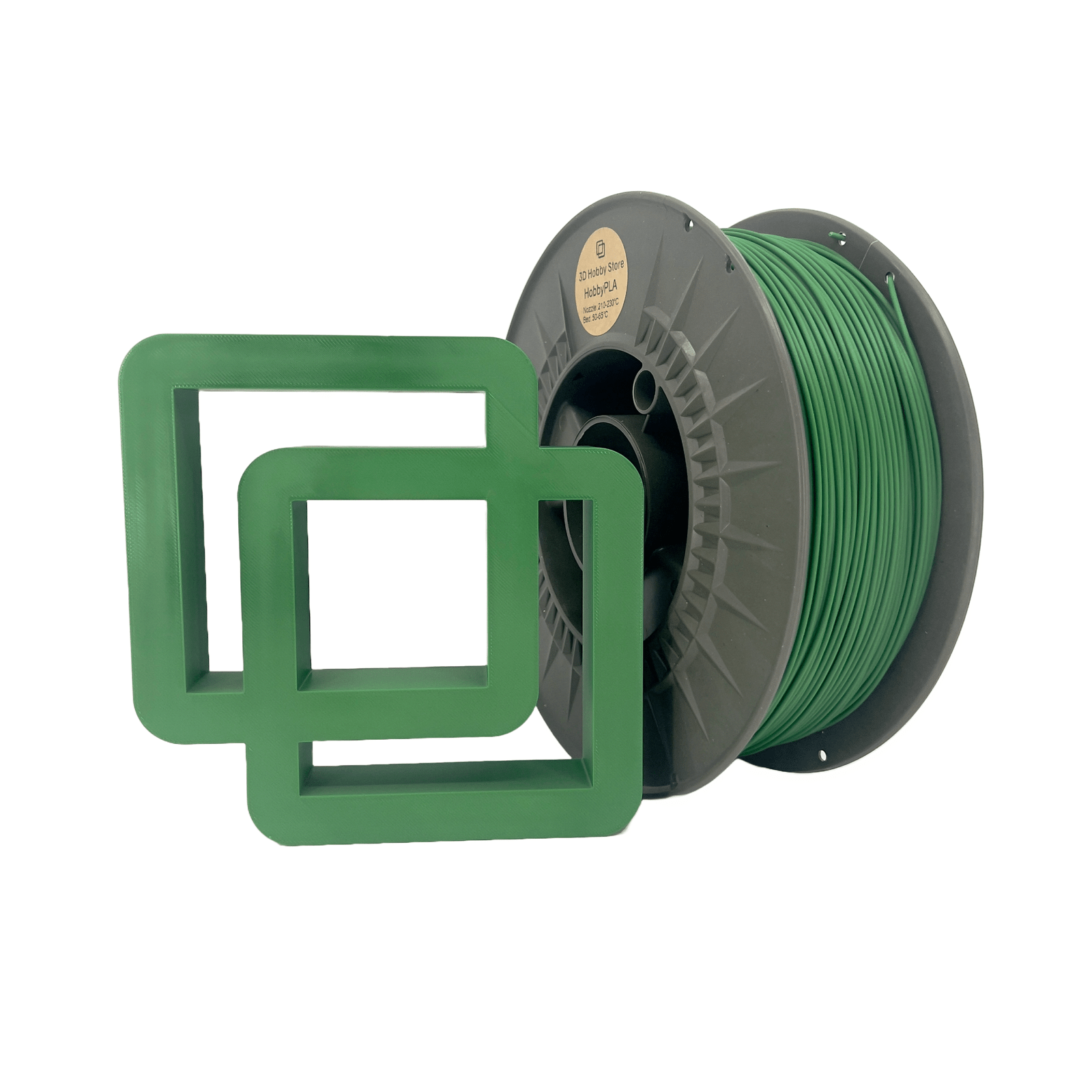Introduction
Sustainability is no longer a buzzword—it’s a necessity. As 3D printing gains popularity, the materials used in the process come under increasing scrutiny. Filament manufacturers often label their products as “biodegradable” or “compostable,” but what do these terms really mean? This guide unpacks the truth behind these eco-friendly claims and helps you make informed choices about your next spool of filament.
Why the “eco” labels on filaments matter
As makers and businesses aim to reduce waste, the choice of material can make a significant environmental impact. Yet, misunderstanding these labels can lead to misplaced confidence in how “green” a filament really is.
The problem of misleading claims in 3D printing materials
Many users assume that “biodegradable” equals “zero waste.” Unfortunately, that’s rarely true—especially when filaments end up in household trash or landfills, where biodegradation simply doesn’t happen.
What Do “Biodegradable” and “Compostable” Actually Mean?
Definitions and regulatory frameworks
“Biodegradable” refers to any material that microorganisms can break down into natural substances like water, carbon dioxide, and biomass. “Compostable,” on the other hand, requires specific conditions—controlled heat, humidity, and microbial activity—to degrade safely into nutrient-rich compost.
Differences in degradation environments
Industrial composting facilities reach high temperatures (around 60°C), enabling materials like PLA to degrade efficiently. Home composting, however, lacks these conditions, meaning most so-called compostable filaments won’t decompose properly in your backyard bin.
Common certification standards and symbols
If you see certifications like EN 13432 (Europe) or ASTM D6400 (U.S.), that’s a sign the material meets compostability standards under industrial conditions. Always check for these marks before believing marketing claims.
Why the Confusion Happens in 3D Printing Filaments
Marketing vs reality: what manufacturers sometimes imply
Filament brands often advertise PLA as “biodegradable,” which is technically correct—but only in specific industrial composting settings. The confusion stems from marketing language that makes consumers believe the filament will vanish in nature within weeks.
Influence of “bio-based,” “plant-based,” or “PLA” branding
Because PLA is derived from renewable sources like corn starch or sugarcane, it’s considered bio-based. However, “bio-based” doesn’t automatically mean “biodegradable,” nor does it guarantee safe decomposition.
The role of additives, blends, and fillers
Many commercial PLA filaments contain colorants, plasticizers, and toughening agents that alter biodegradability. The more additives in a filament, the less likely it is to break down cleanly.
The Truth About Biodegradable Filaments
Conditions required for actual biodegradation
For PLA and similar filaments to degrade, they must be exposed to high heat, moisture, and oxygen—conditions rarely found in landfills. Without these, the filament may persist for decades.
Timeframes and rates under different settings
In an industrial composting environment, PLA can degrade in 45–90 days. In soil or water, degradation can take years, depending on exposure and environmental factors.
Misconceptions: what they won’t do
PLA doesn’t biodegrade in your garden, nor will it dissolve in water or sunlight. The “biodegradable” tag often creates a false sense of eco-responsibility.
The Truth About Compostable Filaments
Industrial composting requirements
Compostable filaments require consistent temperatures, microbial activity, and oxygen flow. Most municipal composting facilities still reject plastics, even compostable ones, making this option largely theoretical for home users.
Feasibility (or not) of home composting
PLA and other compostable filaments rarely degrade in home compost bins. Even when ground into small pieces, the material remains largely intact without industrial heat.
Certification and caveats
Only filaments tested under strict industrial conditions should be labeled “compostable.” Always verify certifications to avoid greenwashing.
Comparing Biodegradable vs Compostable in Practice
Which scenarios favor each type?
If you have access to an industrial composting facility, compostable filaments are preferable. If not, recyclable or reusable filaments may be the more responsible option.
Environmental impact across lifecycle
Compostable filaments might decompose faster under specific conditions, but manufacturing them still consumes energy and resources. Biodegradable filaments reduce fossil fuel use but can remain intact in landfills.
Pros, cons, and trade-offs
Neither type offers a perfect solution. The key lies in understanding the full lifecycle—from production to disposal—and choosing materials that minimize waste and maximize reusability.
Beyond Biodegradability & Compostability — Better Alternatives
Recycling and closed-loop systems
Instead of relying on biodegradation, recycling offers immediate waste reduction. Many users grind old prints into pellets for new filament spools.
Recycled filaments and reuse strategies
Brands like Filamentive lead the way with recycled filament lines, using post-industrial and post-consumer waste to create high-quality 3D printing materials.
Filament take-back programs and community initiatives
Some local maker spaces and brands collect failed prints for recycling or repurposing, promoting a genuine circular economy.
Tips to Tell Fact from Fiction Before You Buy
Key questions to ask manufacturers
- What certifications support your biodegradability claims?
- Does the filament degrade under home composting conditions or only industrial ones?
- What percentage of the material is bio-based versus synthetic?
What to look for in certifications or lab tests
Look for credible marks like TÜV Austria or BPI Certification. Avoid vague claims such as “eco-friendly” or “green.”
Red flags and suspicious claims
If a filament claims to “fully biodegrade in nature,” it’s almost certainly overstated. Transparency and detailed data sheets are signs of trustworthy brands.
Case Studies & Real-World Examples
Brands doing transparency well
Companies like Filamentive and Reflow highlight the origin, composition, and recyclability of their materials, setting an example for sustainable 3D printing practices.
Common failures and lessons learned
Many early “eco-filament” startups failed because their biodegradability claims couldn’t be verified. The lesson: authenticity and data matter more than buzzwords.
Conclusion & Call to Action
Recap: What truly “eco” 3D printing demands
Being sustainable in 3D printing isn’t just about buying “biodegradable” filament—it’s about choosing materials responsibly, reducing waste, and reusing whenever possible.
How readers can make informed filament choices
Check for verified compostability labels, prioritize recycled materials, and learn proper disposal practices. A mindful maker makes a meaningful impact.
Invitation to share experiences or resources
Have you tried eco-friendly filaments? Share your findings with the 3D printing community and help separate real sustainability from marketing hype.

